-
solutinos
-
Hire
Frontend Developer
Backend Developer
-
NodeJS Developer
-
Java Developer
-
Django Developer
-
Spring Boot Developer
-
Python Developer
-
Golang Developer
-
Ruby on Rails Developer
-
Laravel Developer
-
.NET Developer
Technology
-
Flutter Developer
-
React Native Developer
-
Xamarin Developer
-
Kotlin Developer
-
Cross-Platform Developer
-
Swift Developer
-
MongoDB Developer
-
C Developer
-
Smart Contract Developers
Cloud
-
-
Services
Mobile Development
Web Development
- Work
-
Multi Services App
-
Food Delivery App
-
Grocery Delivery App
-
Taxi Cab Booking App
-
Multi Services App
-
OTT Platform APP
-
Social Media APP
-
Freelance Service App
-
Car Rental App
-
Medicine Delivery App
-
Liquor Delivery App
-
Sports Betting App
-
Online Coupon App
-
eLearning App
-
Logistics & Transportation App
-
Courier Delivery App
-
On-Demand Real Estate App
-
E-Wallet APP
-
Online Dating App
-
Handyman Services App
-
-
Process
-
Company
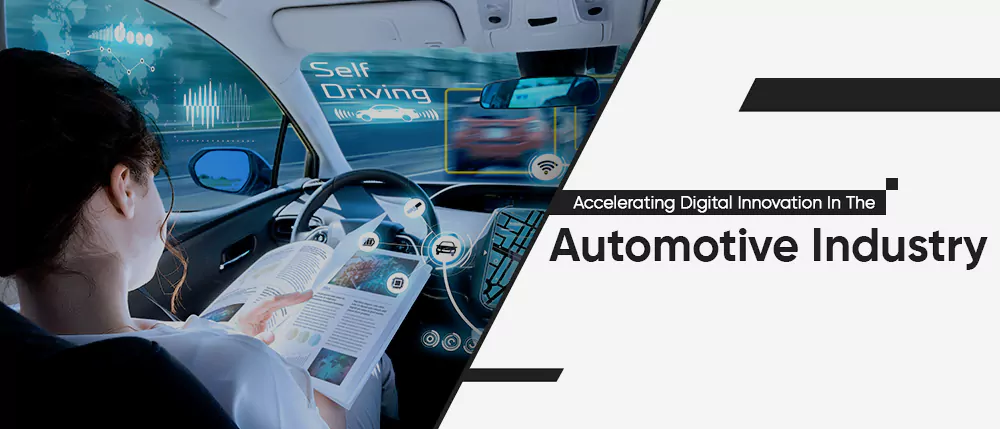
After conceiving and launching a series of super-resourceful and extensive guides on real estate, healthcare, retail, and EdTech, we at X-Byte Enterprise Solutions are back with another niche guide.
This time, we are focussing on the automotive industry, exploring the uncharted territories in the domain. From IoT automotive solutions and HMI development to automotive ERP solutions, we cover every single aspect in the sector to help your automotive business bring in the best of digitization and technology to scale your business.
So, if you're an automotive business owner, this guide is specifically researched and written for you. We have an in-depth analysis of everyday real-world concerns with their solutions, insights on best practices, and more to keep you abreast of everything that's happening in the tech front of the automotive industry.
So, what are we waiting for?
Let's get started.
Overview About The Innovative Automotive Industry
Now, when we talk about the automotive industry, most of us - being the laymen we are - tend to associate the industry with the innovations and progress happening for passenger cars alone.
Be it SUVs, electric sedans, or luxury cars, our thought processes do not go beyond the understanding that the word automotive is an umbrella term, encompassing a range of vehicles and aspects. To give you an idea of the vehicles in this sector, here's a quick list:
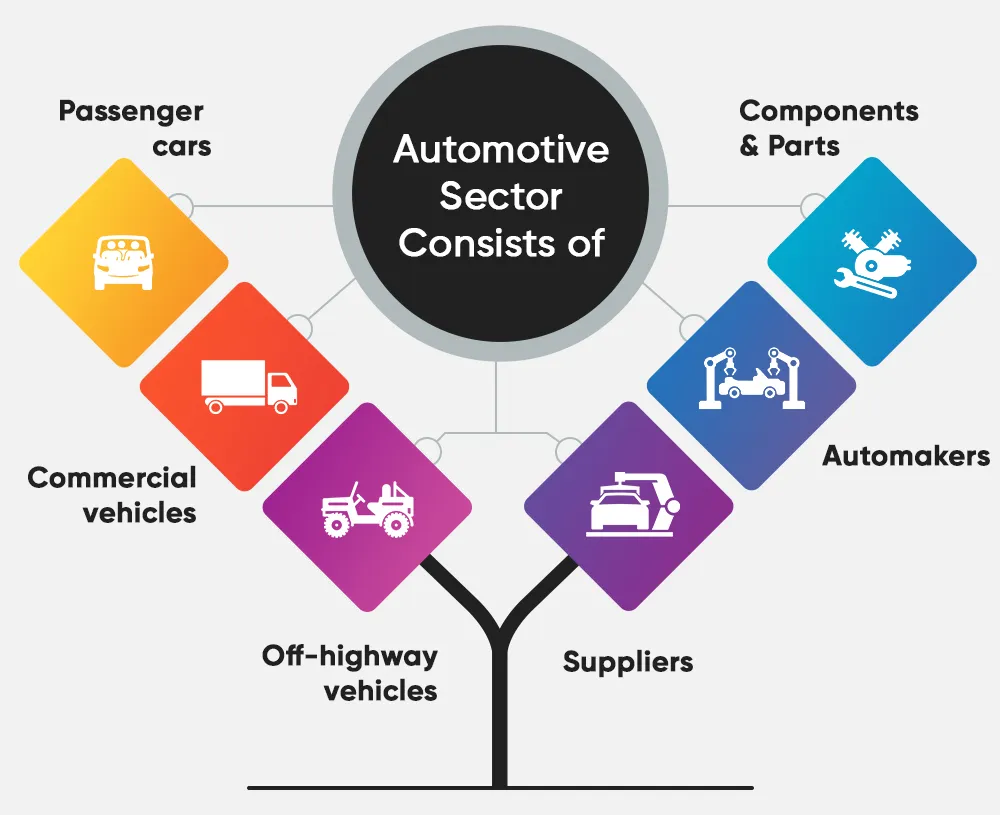
- Passenger cars – the conventional residential cars that we drive to work, travel, and for leisure
- Commercial vehicles – vehicles that are deployed to transport goods and services or shuttle people from point A to B
- Off-highway vehicles – also referred to as OHVs, these are vehicles that can be driven on diverse terrains. For instance, an ATV
- Components and Parts – comprises all the spare parts, equipment, and gears that are required for a vehicle to function
- Automakers – these are the automobile manufacturers who are in the business of developing and rolling out specific vehicles.
- Suppliers – suppliers are the vendors who supply spare parts, labour, physical space, or more for automotive companies to manufacture vehicles
For a vehicle to roll out of the final conveyor belt, all of these aspects have to come together. And that vehicle to roll out should be tested and approved for promised quality.
And if you notice, the quality of cars getting released has been evolving steadily over the decades, too. From their designs and build to efficiency and pricing, everything has been evolving dynamically to consistently offer us – consumers – the best driving experience. Today, we have driverless cars and those that combine elements of reality and science fiction – check Mercedes Benz Project AVTR.
All these are possible only when innovation lies at the fulcrum of business operations. And for that, the latest technology has to be deployed at every stage of the manufacturing process. From robots that can churn out more gears per minute to machines that can swiftly mold metals to desired shapes, engineering has to be not only precise but fast as well.
That's exactly why we decided to come up with an exclusive automotive guide as well – to help your business adopt new trends in technology and optimize productivity and profits.
And like we mentioned, we are going to cover diverse aspects involved in this journey and because we are getting started, it is ideal to get a head start about the topics we are going to cover in the future. So, let's quickly understand the scope and areas of innovation in the automotive sector.
But before that, some important stats and numbers on the automotive industry
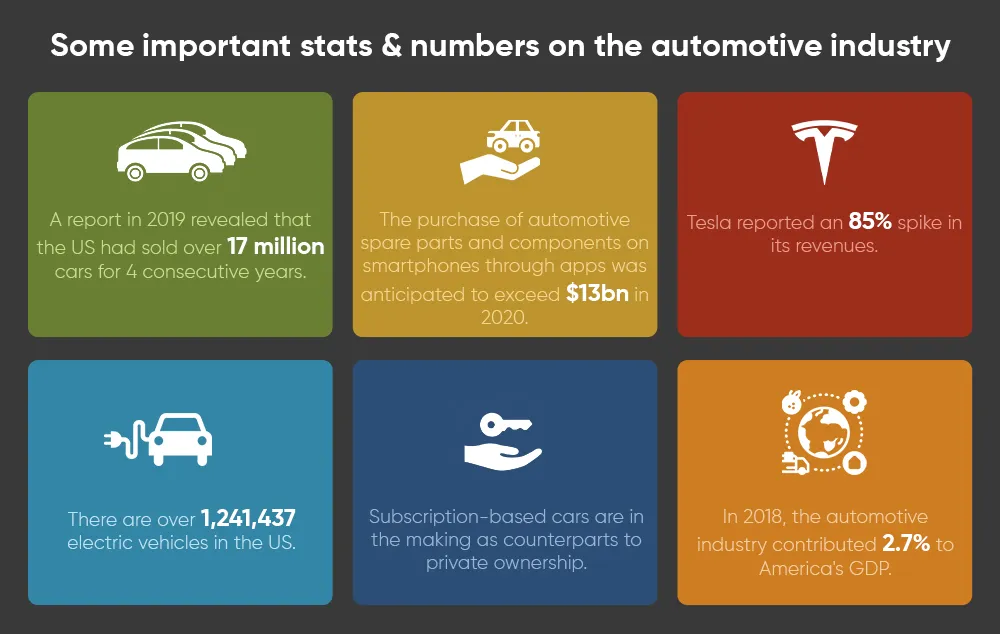
- A report in 2019 revealed that the US had sold over 17 million cars for 4 consecutive years.
- The purchase of automotive spare parts and components on smartphones through apps was anticipated to exceed $13bn in 2020.
- Tesla reported an 85% spike in its revenues.
- There are over 1,241,437 electric vehicles in the US.
- Subscription-based cars are in the making as counterparts to private ownership.
- In 2018, the automotive industry contributed 2.7% to America's GDP.
Innovations In The Automotive Sector
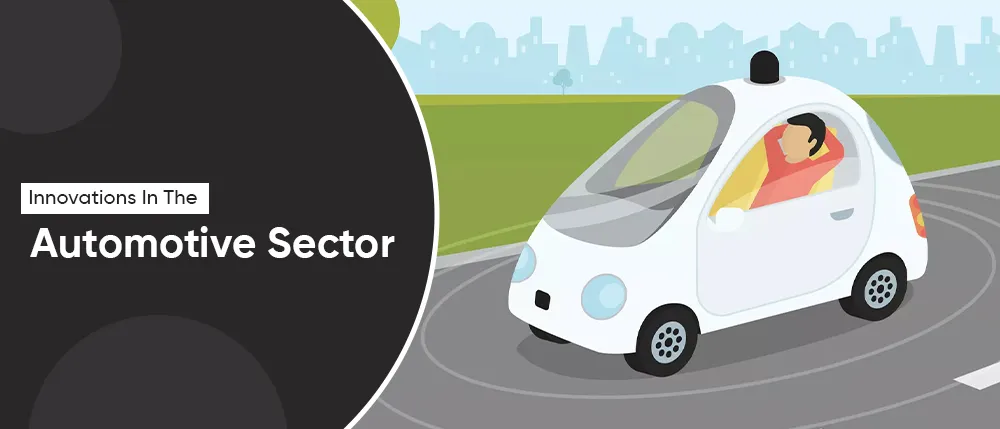
Bringing in innovation in products and services is not an easy task. It's not a linear process as well. For a product to be innovative and more efficient, upgrades have to be thought out and implemented across all of its functional modules.
For instance, a car does not simply become an electric vehicle. From its engine and components to energy efficiency and driving practices, innovation has to be stamped onto every single part it features. And that's why we decided to include all such processes and aspects into this guide.
So, let's explore the innovations in the automotive sector.
Automotive Life Cycle
Like we mentioned, manufacturing a vehicle and taking it to the road fully functional is one lengthy process. While the conveyor belts and autonomous devices make it seem simple and satisfying but the actual manufacturing process of a vehicle starts on a piece of paper.
Yes, even before designs make it to a digital canvas on a CAD software application, a tissue paper or a journal is from where some of the finest cars have made their way literally.
And it is at that exact point that the life cycle of an automobile begins as well. From automotive designing to until the vehicle is sold, there are tons of processes involved which include:

- product development
- procurement of components and raw materials
- the actual manufacturing processes
- and sales and marketing of the vehicle
Now each process is poised with challenges that keep changing over time. For instance, the sales and marketing of a car is a hurdle now with consumers gradually shifting from conventional medium to digital medium. This bewilders manufacturers and marketers on how to target them and how to get them to buy their latest models.
Similar challenges exist in all other aspects of the development cycle as well and we will be looking at them in detail in our coming chapters.
Connected And Internet Cars
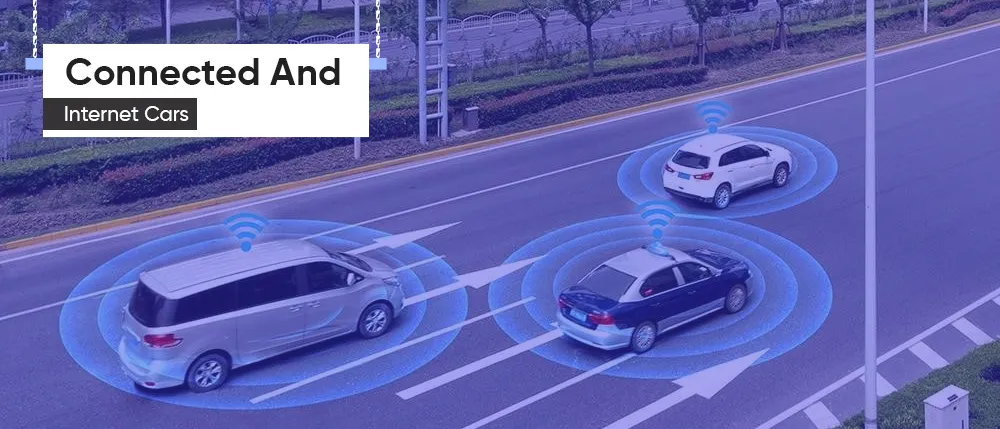
Connected cars are the latest kids on the block that bridge the gap between conventional cars and their futuristic counterparts. These cars are connected to the internet via cloud and have data generated and processed every second. These cars can tell when a spare part could probably malfunction, send SOS via connected smartphones, optimize fuel efficiency through driving best practices, lock in and out from remote through apps, and do more. Connected cars stand as testimonies to innovation at its finest forms.
Electric Vehicle Charging Software
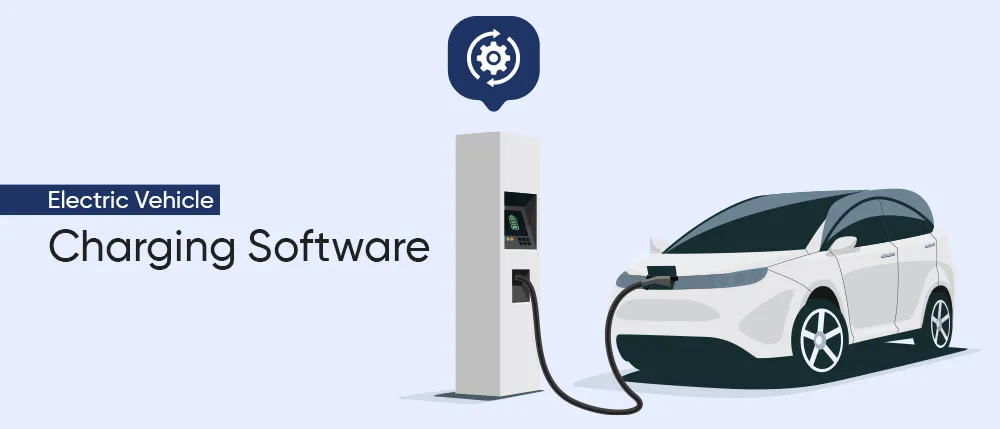
An electric vehicle is not just about uber-cool components and hardware equipment. It is equal parts of software applications as well. The software is more like a central management system that keeps the driver informed about everything they need to know about battery life, charging pods in the vicinity, elapsed time for a full charge, and more. These applications act to connect multiple stakeholders in the process such as power grids, landowners of charging pod space, cloud operators, and vehicle owners to ensure the vehicle can be charged to optimum levels for seamless driving.
Smart Bikes Or Cars
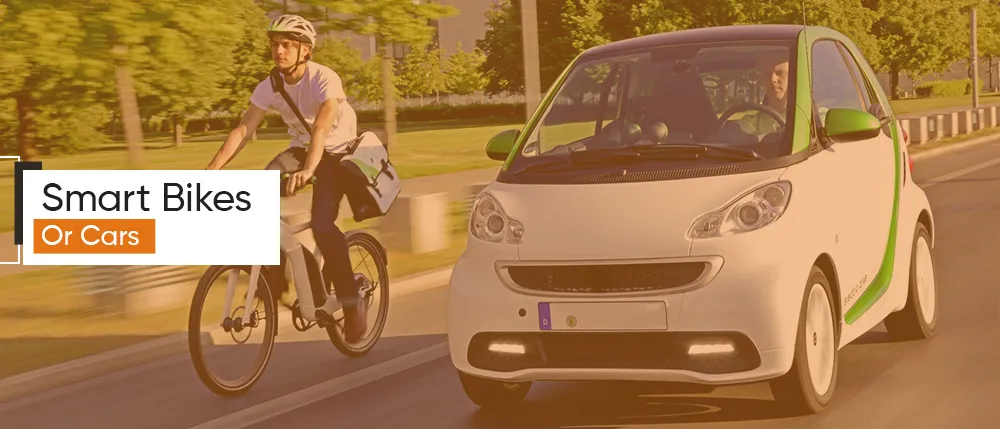
For the uninitiated, there is a thin line that differentiates a smart car from a connected car. The former differs in the fact that they can communicate and notify drivers on a lot of things other than malfunctioning spare parts and fuel depletion.
In simple words, the challenges smart cars deal with are more external than internal. For instance, they can sense sudden changes in traffic, detect bad weather or roads and ask drivers to change their path or course respectively. They are also more prepared to tackle accidents and can send out audio-visual signals to drivers if they are getting too close to a car. They bring in aspects that drivers tend to involuntarily overlook while driving.
Telematics
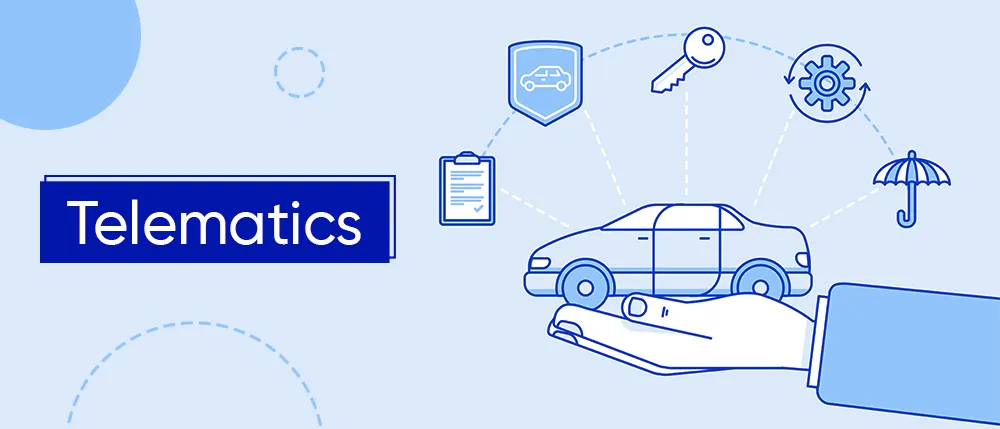
Telematics incorporates features like navigation, security, safety, communications, and infotainment. Though this sounds like a concept of recent origin, telematics has been prevailing since the 90s (General Motors OnStar). Similar to the black box that you find in airplanes, telematics comprises a black box that is crash-proof. It consistently receives useful information wirelessly and puts it to good use for better safety and security of drivers and passengers.
Autonomous And ADAS Vehicles
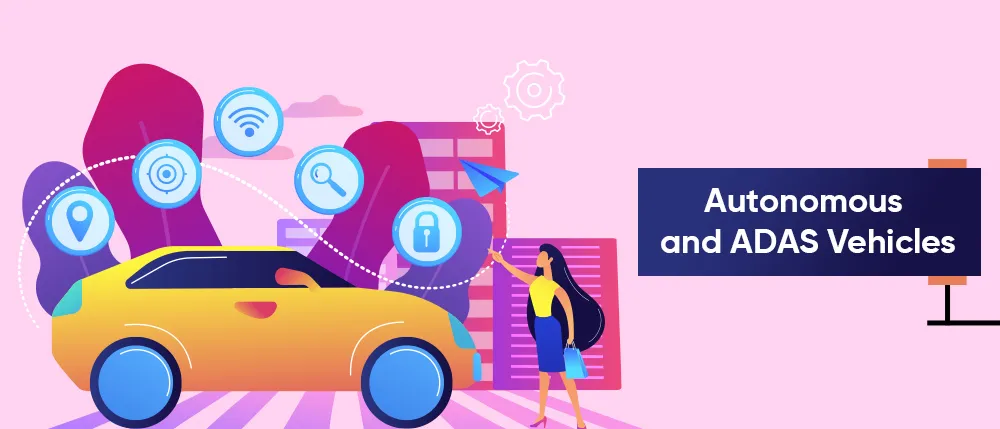
Connected and smart cars are cool until autonomous vehicles show up. These are the ones that were envisioned in literature and movies decades back. Autonomous vehicles are otherwise known as driverless cars, which can drive by themselves without needing a driver to control and maneuver them.
For that, autonomous cars deploy tons of devices and equipment from sensors and advanced circuit boards to the internet and artificial intelligence algorithms. Massive chunks of data on road conditions, fuel, automotive parts, pedestrian data, navigation, and more are generated and processed every single second to ensure the car takes informed driving decisions when on autopilot.
On the other hand, advanced driver assistance systems are those that assist drivers in driving and when parking. Similar to autonomous vehicles, they deploy cameras and advanced sensing tech to help drivers make better decisions on the spot. Human-Machine Interface is one major module in these systems. More on this later.
Navigation And Mapping
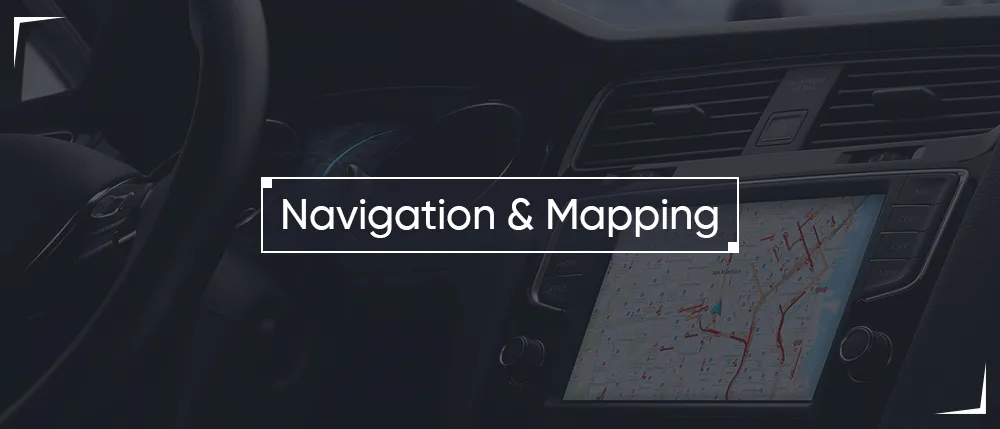
Navigation and mapping have become basic today and the incorporation of these have allowed several businesses like Uber and Lyft to flourish across the world as well. In cars of today and our future, navigation and mapping are inevitable because they offer drivers and connected systems all the information, they need to operate the vehicle.
From fetching information on shortest routes to notifying drivers on detours and bad roads, navigation assists drivers with better options. And as far as autonomous cars are concerned, navigation and mapping is fundamental inclusion.
Artificial Intelligence and Machine Learning In Automotive
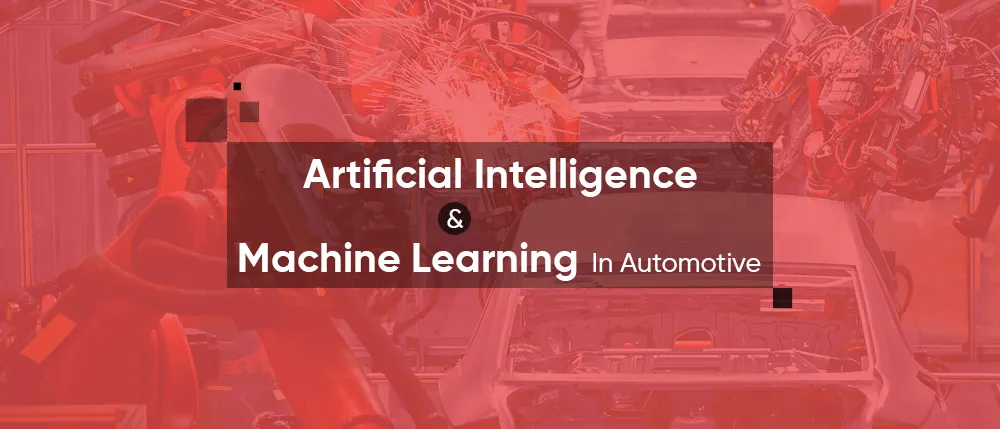
If you pay attention, all the aspects we discussed so far are possible because of artificial intelligence, Big Data, and machine learning technologies. These are the ones that make sense of the data generated and transform them into insights valuable to drivers and connected systems.
With the algorithms consistently learning, the systems keep getting better at making driving decisions. These technologies lie at the fulcrum of the current automotive innovation scenario, driving the ambitions of tomorrow today. They power interfaces, manufacturing units through their robotic arms and modules, optimize fuel consumption, make roads safer avenues, and do more.
IoT and Embedded Solutions
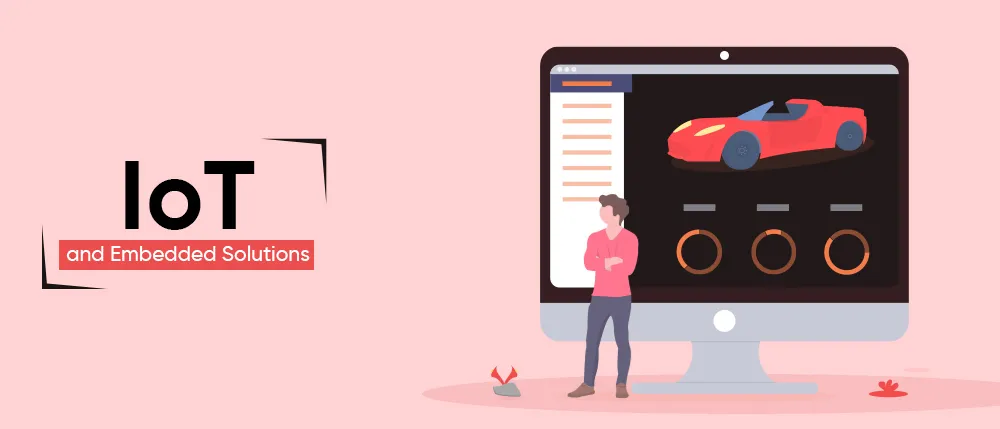
Autonomous or driverless cars may sound fancy but come to think of it, they are nothing but an ecosystem of connected devices we call the Internet of Things. Sensors, devices, imaging systems, software applications, clouds, OEMs, and more coming together through a binding agent called the internet is what connected and autonomous cars are all about. And embedded solutions like circuitry, boards, panels, and hardware peripherals that make all these possible. Consistent innovation is required in this spectrum to make cars safer and more durable and even make the data generated in the process confidential and fool-proof.
Human-Machine Interface
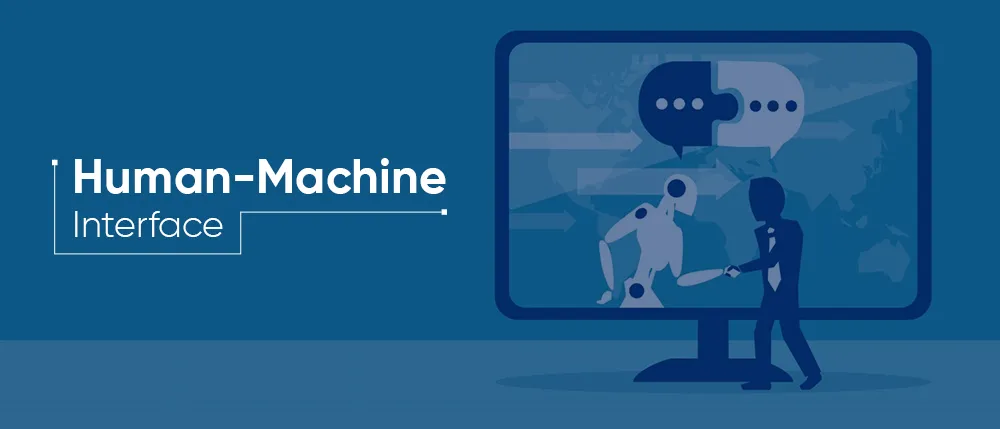
Non-living entities like hardware devices, panels, circuits, and screens are brought to life for interactions with humans through interfaces called Human-Machine interfaces. They are the veil that connects both the worlds for a collaborative driving experience.
From a simple display module that shows driver’s fuel or charges left in their vehicles to those advanced cloud applications that take decisions on behalf of drivers, everything is part of the interface.
To understand what they are easy, think of touch dashboards, pop-up buttons, control panels, touch-sensitive keypads, and more. And their application is not restricted to driving and safety alone. They are deployed for in-vehicle entertainment, navigation and voice-based assistance, 3D rendering of elements, apps, head-up displays, and more.
The Future of Innovative Automotive Sector
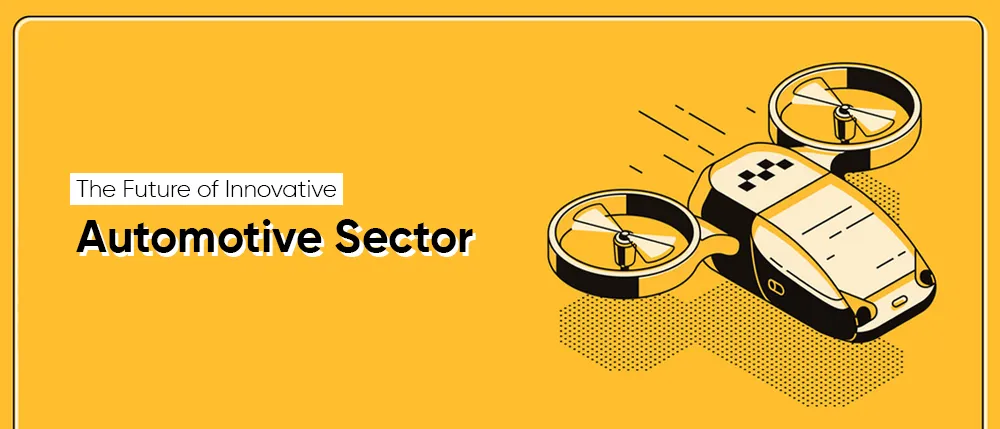
We would be fooling ourselves if we said that the future of innovation in the automotive sector would be developing and rolling out flying cars. Well, that is questionable. But what we are sure of is that autonomous cars would become more mainstream in the coming months and years. The renaissance will have a ground-up approach with companies getting clearance certificates for safety and road laws around the world being amended to accommodate the next-generation vehicles.
In tandem, all the algorithms, devices, sensors, interfaces, and every other element we discussed will continue to evolve to meet the increasing standards and demands set by laws, protocols, and consumer behaviours. We could see a rapid deployment of driverless vehicles by businesses for the delivery of products and services in the initial stages.
We could also witness a completely digital dashboard that brings in aspects of Google glass to the glasses of vehicles. Telematics would also become more advanced to offer diverse futuristic solutions to current challenges.
The times are exciting in the automotive sector as the best of innovation is yet to happen. So, if you want to join the bandwagon and set your wheels rolling for profits today, get in touch with us to develop an advanced automotive solution tailor-made for your business.
From apps and data processing units to telematics and interface solutions, we could develop your idea into a reality.
Reach out to us today.